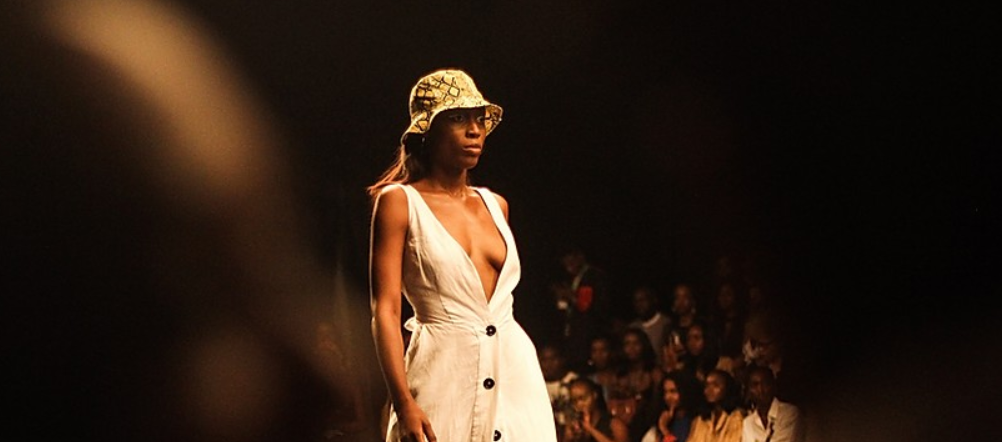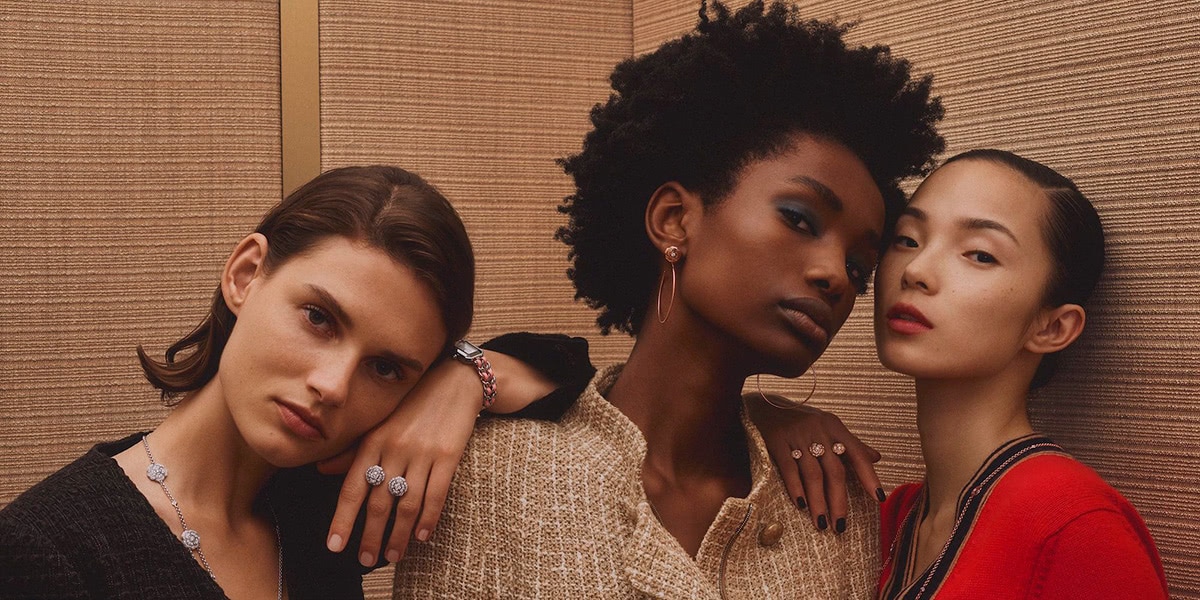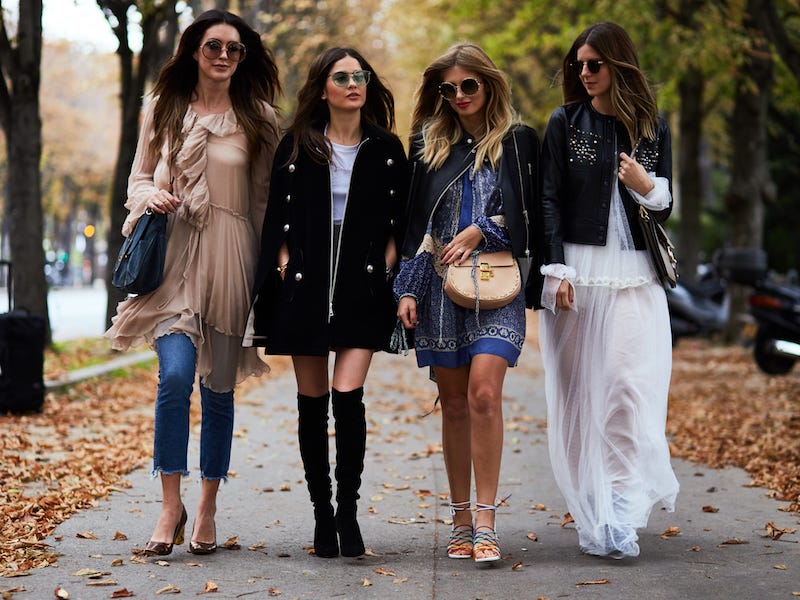High fashion, low fashion, luxury brands, affordable fashion, all these are words thrown around in the fashion industry. Surprisingly, only a few fashionistas really understand what each of these terms actually means.
So what really is high fashion and low fashion? What are the differences between the two? Let’s start by defining these two terms before we can begin to look at what key features differentiate the terms.
What is high fashion?

High fashion, also known as haute couture, is characterized by extremely unique clothing designs, high cost, high-quality fabrics, unique designs, and jewelry embellishments. These clothing are hand-made by experts, most often, to the wearer’s specifications. They are mostly sold as one-offs or in extremely limited quantities.
As mentioned, they are very unique It’s not the kind of fashion that you see around every other time. To get a see this high fashion clothing, you have to appear at the runway or contact the designers for a custom made order. Often times, high fashion sets the trend for low fashion.
Think of high fashion as clothing made by luxury fashion houses like Dolce and Gabbana, Armani, Gucci, and the likes. These fashion design houses create the designs and market through high-end fashion runways like the Paris fashion week, New York fashion week among others.
Most of these fashion houses are based in Uk, Paris, and Italy. It’s safe to say they are based in Europe although with outlets in major cities in the world.
For a fashion house to qualify as a high fashion label, they must have showcased their collection at any one of the four major fashion weeks- Paris, New York, Milan, and London. The collection must have at least 35 runs with both daytime and evening outfits.
What is low fashion?

Low fashion is basically the cheap mass-produced fashions. The target market for low fashion is the consumers who want to look trendy but not willing to part with a lot of money just for a single item. Surprisingly their consumers are the largest compared to high fashion.
Often times, these items are replicas of what you see on the runways and in the big high-end fashion stores.
Low fashion is pretty fast in the essence that the styles hit and leave the streets in record time. They become popular for just a short while and boom, all pieces are gone and so is the style. Hence the name fast fashion.
High fashion vs. low fashion: what is the difference?
1. Price
The very striking difference between high fashion and low fashion is the price point. High fashion costs well into tens of thousands in dollars whereas low fashion costs so much less. A simple designer dress from Dolce and Gabbana goes for a whopping $3000 and a replica of the same from regular clothes store goes for $300. See how huge the difference is? Ignore the fact that the quality of the two dresses is entirely different. A simple t-shirt would go for $600 in a Gucci store and the same t-shirt will be going for $80 in a fast fashion store. We can give examples all day of how big the margin is when it comes to cost.
Of course, the high price covers the cost of the brand, designer’s expertise and time, licensing, cost of staffing, and all other factors. The biggest cost for these high-end fashion houses is the marketing expenditure. Their marketing is so financially intensive as they have to pay professional models, fashion photographers, celebrity endorsements, magazine placements, social media endorsements, fashion events, and other costs that low fashion houses may deem unnecessary.
Also, the fact that they produce fewer pieces makes the final costs high as printing lesser fabrics is costlier than mass printing.
2. Turn around time
High fashion is hand-made to a consumer’s specification meaning it will take more time to produce just that one item. For just a single dress to be created, it must have gone through a number of carefully and well thought out processes. It starts with design selection, taking measurements, stitching, fitting, making adjustments, refitting, and finally sending it off to the customers. It is for this reason that high fashion owners have a deep connection with their clothes. And so do the designers.
Low fashion on the other hand can create as many as 12 collections a year. Their turn around is pretty quick, 2 weeks and a collection has been designed, produced and marketed. The fast turn around time of the low fashion has been termed by many as unethical as they employ cheap labor from tier 3 countries such as Bangladesh and Cambodia. They have been said to pay as low as $3 as a weekly wage, with a majority of those underpaid being women and their children. Ethical concerns aside, low fashion produces a large number of clothing items at merely a fraction of the price and sell them at a good bargain as well.
3. Quality
You cannot even compare the quality of the two. High fashion uses high-quality fabrics made from carefully selected raw materials. In fact, these raw materials are free from any chemicals and toxins, and their growth rate is not rushed. When you buy a dress made of silk from high fashion brands you can be certain that it is the purest and the most premium quality.
Low fashion uses synthetic fabrics like polyester, nylon among others. Even when they claim to use high-quality fabrics, it is never pure fabric but mixed.
These difference in quality is evident in the durability of these garments. You can wear a high fashion t-shirt for years to come without it fading, tearing, or losing its shape due to constant washing.
Even the dyes used in high fashion are premium quality, they don’t run, fade neither are they harmful.
4. Designs and styles
Well, this will be debatable. This is why. A majority of consumers find high fashions designs unique yes but ‘unwearable’. Look at what is showcased on the runways and you will understand why they are unwearable. They are not clothing items you would wear on a normal day. These are fashion items that you can only wear to a red carpet event for the simple reason of standing out. While some of the items are classy, most are outrageous if you ask. Low fashion on the other hand loses the uniqueness because of mass production. You can hardly stand out with a low fashion dress or shoe.
5. Impact on the environment
We cannot possibly ignore the fact that both of these fashion ideologies affect the environment in more ways than you can imagine.
As you know by now, low fashion is all about the fast turn around in large volumes, this means finding every possible way to fasten the process including using chemicals to spurt the growth of the raw materials. End results? Low-quality products that are full of toxins that end up harming the environment.
Even though the majority of brands, both high fashion and low fashion are working with environmentalists to find sustainable ways to keep the environment safe, the truth is fashion impacts the environment we live in severely. In fact, the fashion industry is the third most impactful industry in the environment, obviously negatively.
Conclusion
The main difference between high fashion and low fashion is uniqueness in their style, price, and quality. High fashion is well-known for its exclusive designs, made of luxury fabrics and crafted by skilled professionals. And of course the high cost. The high fashion gets much appreciation than low fashion because of its uniqueness. If you have a taste for elegance, you can recognize high fashion clothes almost immediately.
Low fashion often comes as a replica of the high fashion but with slight variation. They are easy to find because most of the local stores and online stores sell them in bulk.
High fashion or low fashion, whichever your style is is really a matter of preference. If you prefer quality, exclusiveness, and custom-made fashion items and don’t mind paying handsomely for it, go for high-fashion. You can be sure of one thing, whatever you buy will last you for years. In the end, you will not regret spending your money on it.
On the other hand, if you are not particular about high quality and think the prices are too exaggerated, stick to low fashion. You will still look stylish without getting into debt.


